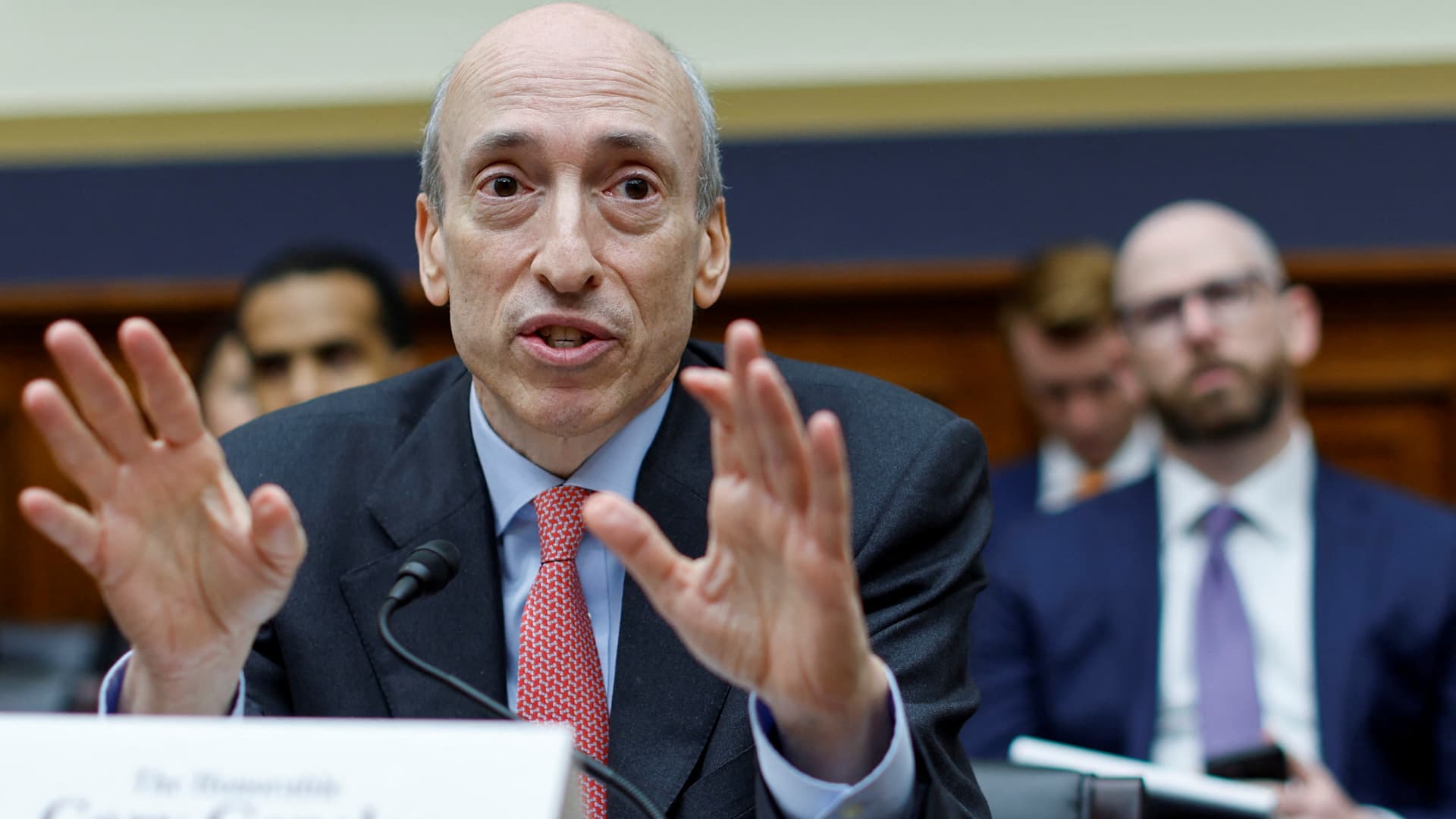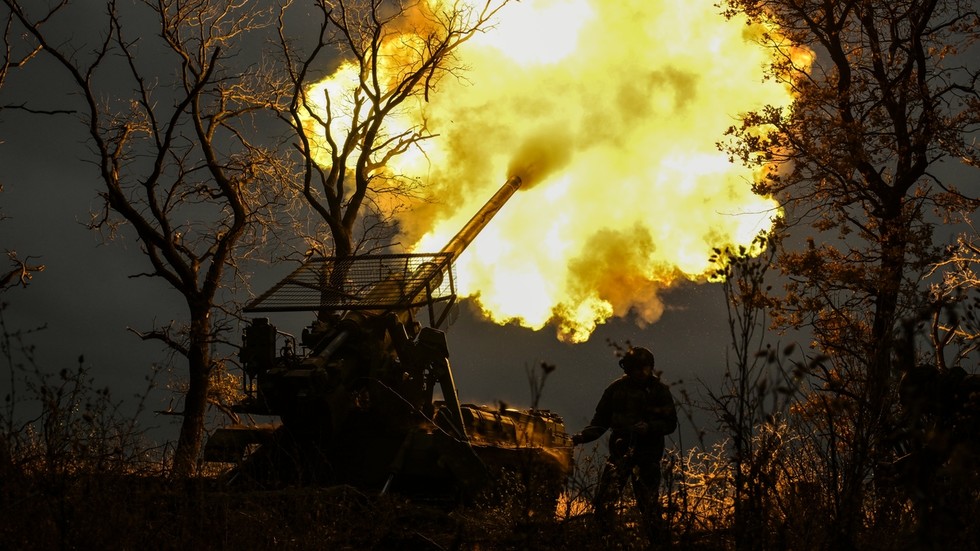Kemmerer, Wyoming: Outside a small coal town in southwest
Wyoming
, a multibillion-dollar effort to build the first in a new generation of US nuclear power plants is underway. Workers began construction Tuesday on a novel type of nuclear reactor meant to be smaller and cheaper than the hulking reactors of old and designed to produce
electricity
without the carbon dioxide that is rapidly heating the planet.
The reactor being built by
TerraPower
, a startup, won't be finished until 2030 and faces daunting obstacles. The Nuclear Regulatory Commission hasn't yet approved the design, and the company will have to overcome the inevitable delays and cost overruns that have doomed countless nuclear projects before.
What TerraPower does have, however, is an influential and deep-pocketed founder.
Bill Gates
, currently ranked as the seventh-richest person in the world, has poured more than $1 billion of his fortune into TerraPower, an amount that he expects to increase. "If you care about climate, there are many, many locations around the world where nuclear has got to work," Gates said during an interview near the project site Monday.
"Wind and solar are absolutely fantastic, and we have to build them as fast as we can, but the idea that we don't need anything beyond that is very unlikely," Gates said.
As demand for electricity surges because of new data centers, factories and electric vehicles, there is a renewed enthusiasm around nuclear energy .
Traditional reactors are huge, complex, strictly regulated projects that are difficult to build and finance. And nuclear power is prohibitively expensive. The only two US reactors built in the past 30 years, Vogtle Units 3 and 4 in Georgia, cost $35 billion, more than double initial estimates. Gates is betting that radically different technology will help. With TerraPower, he funded a team of engineers to redesign a nuclear plant from scratch.
Today, every US nuclear plant uses light-water reactors, in which water is pumped into a reactor core and heated by atomic fission, producing steam to create electricity. Because the water is highly pressurized, these plants need heavy piping and thick containment shields to protect against accidents. TerraPower's reactor, by contrast, uses liquid sodium instead of water, allowing it to operate at lower pressures. In theory, that reduces the need for thick shielding. In an emergency, the plant can be cooled with air vents rather than complicated pump systems. The reactor is just 345 megawatts, one-third the size of Vogtle reactors, making for a smaller investment.
Chris Levesque, TerraPower's CEO, said its reactors should ultimately produce electricity at half the cost of traditional nuclear plants. "This is a much simpler plant," he said. "That gives us both a safety benefit and a cost benefit."

 5 months ago
24
5 months ago
24








